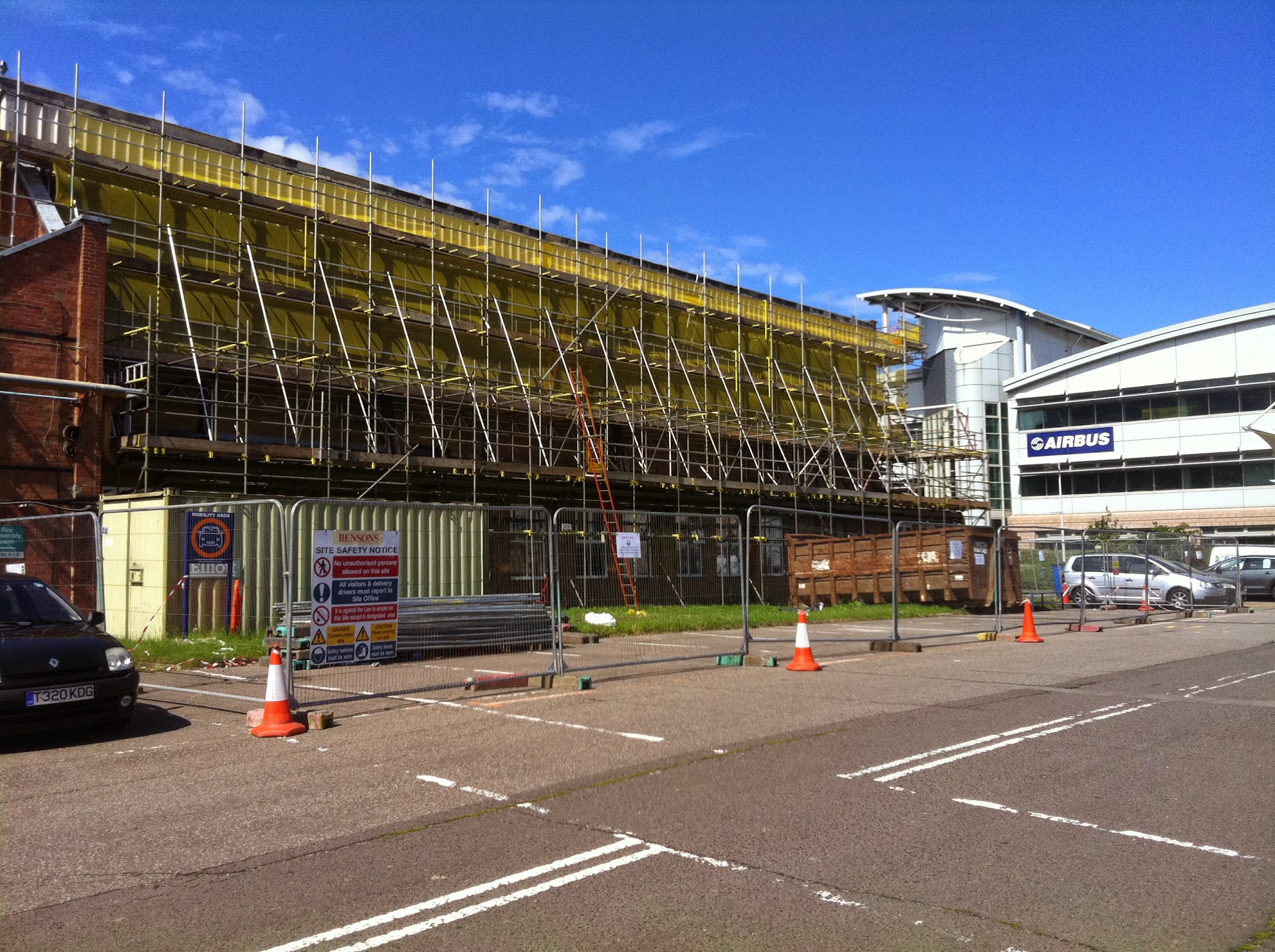In a fast-paced realm of construction, industrial scaffolding serves as a critical component, providing essential support and access for projects of various shapes and sizes. Whether it's a high-rise skyscraper or a modest retail space, scaffolding enables workers to reach heights securely and effectively, facilitating the challenging tasks involved in building, renovating, or maintaining structures. Grasping what commercial scaffolding entails and its indispensable role in the industry can help stakeholders make educated decisions about their projects.
As we delve into this examination of commercial scaffolding, we will examine the different types utilized in modern construction, emphasizing how they improve safety and compliance on job sites. Additionally, we will reveal the essential permits and regulations that govern scaffolding practices, ensuring that every project adheres to safety standards. From the intricacies of scaffolding design for high-rise buildings to the logistical challenges of busy commercial sites, this article will provide insightful insights into the multifaceted world of scaffolding and its impact on the construction landscape.
The Significance of Business Scaffolding
Commercial scaffolding plays a crucial role in the construction industry, providing the necessary support for laborers, supplies, and tools while guaranteeing safety and efficiency on job sites. Its structure allows for easy access to multiple heights, enabling construction teams to finish projects ranging from office buildings to significant renovations. Without scaffolding, many construction tasks would be substantially more difficult and time-consuming, leading to delays and increased expenses.
The variety of scaffolding systems available means that specific needs for each project can be adequately met. From system scaffolding for rapid assembly or modular options for flexibility, selecting the appropriate scaffolding can enhance efficiency and productivity. This capability is especially vital in business projects, where timeliness and precision are critical to upholding financial plans and client satisfaction.
Furthermore, the safety features incorporated into modern scaffolding systems are essential in protecting laborers on construction sites. With adequate installation and maintenance, scaffolding can significantly reduce the risk of accidents and other harm. Adhering to protection regulations and guidelines not only safeguards the workforce but also contributes to the project's overall success, making the significance of business scaffolding evident in every building endeavor.
Safety and Adherence in Scaffold Construction

Ensuring safety and adherence in scaffold construction is essential for the safety of workers and the success of business endeavors. Scaffolding structures must adhere to specific regulations set forth by the Occupational Safety and Health Administration to provide a safe working environment. Adherence with these standards not only safeguards workers from possible incidents but also helps businesses avoid expensive penalties and legal ramifications. A robust safety culture starts with grasping these standards and integrating them into every phase of scaffolding design and implementation.
Regular safety evaluations are a vital aspect of maintaining compliance in scaffold operations. Managers should conduct comprehensive assessments of scaffolding setups before work begins, checking for any potential dangers such as structural soundness, correct assembly, and load capacity. https://hvidforrest67.livejournal.com/profile should be motivated to report any unsafe conditions without delay, encouraging an transparent conversation about workplace safety. Additionally, https://yamcode.com/ should be inspected at fixed times throughout the project, making sure that any problems are addressed promptly and effectively.
Training is essential in cultivating a safe working environment. Ensuring your crew is well-trained on the particular needs and safety protocols associated with scaffolding minimizes risks and enhances compliance. Educational sessions should cover OSHA regulations, the proper setup of scaffolding, recognizing hazards, and emergency protocols. Well-informed employees are not only more capable to identify and avoid dangers, but they also contribute to a more secure job site through adherence to established safety standards. spintax
Selecting the Right Scaffolding Solutions
Selecting the appropriate scaffolding solution for a commercial project is essential for ensuring safety, effectiveness, and compliance with standards. Factors such as the project's size, height, and complexity significantly affect the type of scaffolding system to be used. For large-scale projects, modular scaffolding often is preferred due to its versatility and ease of setup, while custom systems like tube and clamp provide flexibility for unique site requirements. Grasping the specific needs of the work being done will steer the decision-making process for choosing the most appropriate scaffolding.
Another essential aspect to consider is the substances used in scaffolding. Aluminum scaffolding has gained favor in commercial applications due to its lightweight design, which enhances mobility and reduces work expenses during installation. However, projects that need heavy-duty capabilities may benefit from steel scaffolding, known for its sturdiness and durability. Assessing the loads the scaffolding will need to bear, alongside environmental factors like wind and weather factors, is crucial in selecting the appropriate materials that will withstand the demands of the site.
In conclusion, it is important to collaborate with professional scaffolding providers to discuss your choices. Knowledgeable providers can offer insights and recommendations tailored to your project, simplifying the decision making. They also provide comprehensive services, including planning, installation, and compliance with safety regulations. By collaborating with experts, you can ensure that the scaffolding option chosen not only meets project needs but also adheres to all standards, ultimately leading to the overall effectiveness of the building endeavor.
